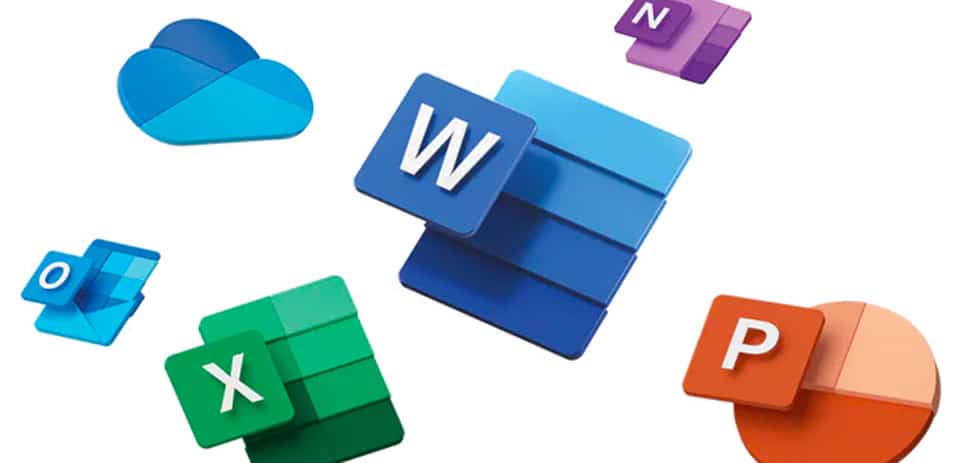Few business owners are content with maintaining the status quo and always have an ear to the ground for new growth strategies or indicators of future performance. One metric, the Net Promoter Score, is gaining popularity as the team’s foundational focus is to gauge the health of their products and services. Given its importance, we’ve outlined below the basics of how it works and three reasons why Net Promoter Score is important to your business.
What is the Net Promoter Score?
The Net Promoter Score (NPS) is a concept that was first introduced by Frederick F. Reichheld in a 2003 Harvard Business Review article. The NPS is a simple yet powerful tool that gauges customer loyalty by asking one straightforward question:
Would you recommend our company to someone you know?
According to Reichheld, the response to this question is a strong predictor of a company’s growth and overall success. The more customers you can get to answer this question, the more accurate your NPS will be.
Customers are asked to rate their likelihood of recommending the company on an 11-point scale, from 0 (least likely) to 10 (most likely). Based on their responses, customers are then grouped into three categories:
Promoters
These are the customers who give a score of 9 or 10. They are likely to contribute to the company’s growth by making repeat purchases, advocating for your brand, or becoming long-term customers.
Passives
Customers who score a 7 or 8 fall into this category. They are somewhat satisfied but lack enthusiasm and are unlikely to actively promote your brand.
Detractors
Customers who give a score of 6 or less are classified as detractors. They are likely dissatisfied with their experience and may not only refrain from making future purchases but could also damage your brand’s reputation by sharing their negative experiences.
Understanding your NPS and the distribution of promoters, passives, and detractors can provide valuable insights into your customer loyalty and overall brand health.
How Is the Net Promoter Score Calculated?
At its core, the NPS is a feedback mechanism in which users or customers are asked to evaluate how likely they are to recommend a given product, service, or brand to those in their network. Those who respond are grouped into three categories based on their enthusiasm on a 1-10 scale: Promoters, Passives, and Detractors.
Those ranking a 9 or 10, the Promoters, are champions of the brand, advocating strongly for it and helping the business through referrals. In the middle of the spectrum, Passives rank 7-8 and are those without a strong tie, making them likely to hop between competitors and basing allegiances around short-term cost or features. Lastly, the Detractors exist anywhere from 0-6 on the scale and represent those who might actively dissuade other prospects from trying your service.
The NPS itself is calculated by subtracting the percentage of folks in the Detractor end of the range from those 9s or 10s who are Promotors. So now that you know how it works, how do we put it to use?
The Importance of Net Promoter Score
In the realm of business, customer loyalty is a key driver of growth and success. One metric that has gained widespread acceptance for measuring this crucial aspect is the Net Promoter Score (NPS). The NPS is not just a number; it’s a reflection of your customers’ experiences, their satisfaction, and their willingness to advocate for your brand.
The beauty of NPS lies in its simplicity. It’s based on a single, direct question that cuts to the heart of customer loyalty. Yet, the insights it provides are profound, offering a clear view of your company’s standing from the customer’s perspective and a reliable predictor of your business’s future growth.
But why exactly is the Net Promoter Score so important? Let’s delve into the three key reasons that underscore the significance of NPS in today’s business world.
Immediate feedback
Because NPS feedback can be solicited through email campaigns, within a platform, or by social media, scores can be collected in real time, rather than at fixed intervals periodically. Making it easy for customers to provide information on their experience in real time provides more opportunities to capture data, and this data can in turn be used to inform decisions.
These timelines are important because a new feature or service change causing a drop or uptick in NPS from that point forward is a clear indicator of how smoothly that initiative was rolled out, or whether it was seen as an improvement to the offering. It’s important to not overreact, because even if no changes are made in response, scores sometimes level out shortly thereafter, indicating folks were simply adjusting to the change. Keeping tabs on these fluctuations and responding accordingly is a great way to either capitalize on momentum or right the ship before things get too far off course.
Create A Dialogue
Perhaps the best part of collecting NPS data is the ability to interact with those who take the time to submit their feedback. Customers who voice their opinions (good, bad or otherwise) are customers who want to be heard. Acknowledging their criticisms and thanking them for their praise helps humanize the frontline of the business, and goes a long way toward actually boosting the NPS in the long run.
Reaching out to a Detractor quickly to solve a problem can help keep them from bad-mouthing your reputation, and connecting with someone who’s Passive provides an opportunity to further improve a mediocre experience, possible moving them into Promoter territory.
Expansion Across the Business
When fully adopted, NPS is an opportunity not merely to measure feedback, but create campaigns, initiatives, and even employee roles dedicated to improving customer experience, boosting company health in the long run.
Especially savvy business owners take things a step further, measuring E-NPS, or employee satisfaction. As a tool to monitor employee morale and willingness to advocate for the business, E-NPS can be a huge boon to both retention and recruiting, drastically limiting personnel costs.
Harnessing the Potential of NPS
The Net Promoter Score is more than just a number; it’s a powerful tool that provides valuable insights into your customers’ loyalty and your company’s potential for growth. By understanding and leveraging your NPS, you can enhance customer satisfaction, foster brand advocacy, and drive business success.
Remember, a high NPS indicates not just satisfied customers, but promoters – those who are willing to recommend your brand to others. In the competitive business landscape, this kind of word-of-mouth promotion is invaluable. So, invest in understanding your NPS, and use it as a compass to guide your business towards sustained growth and success.




